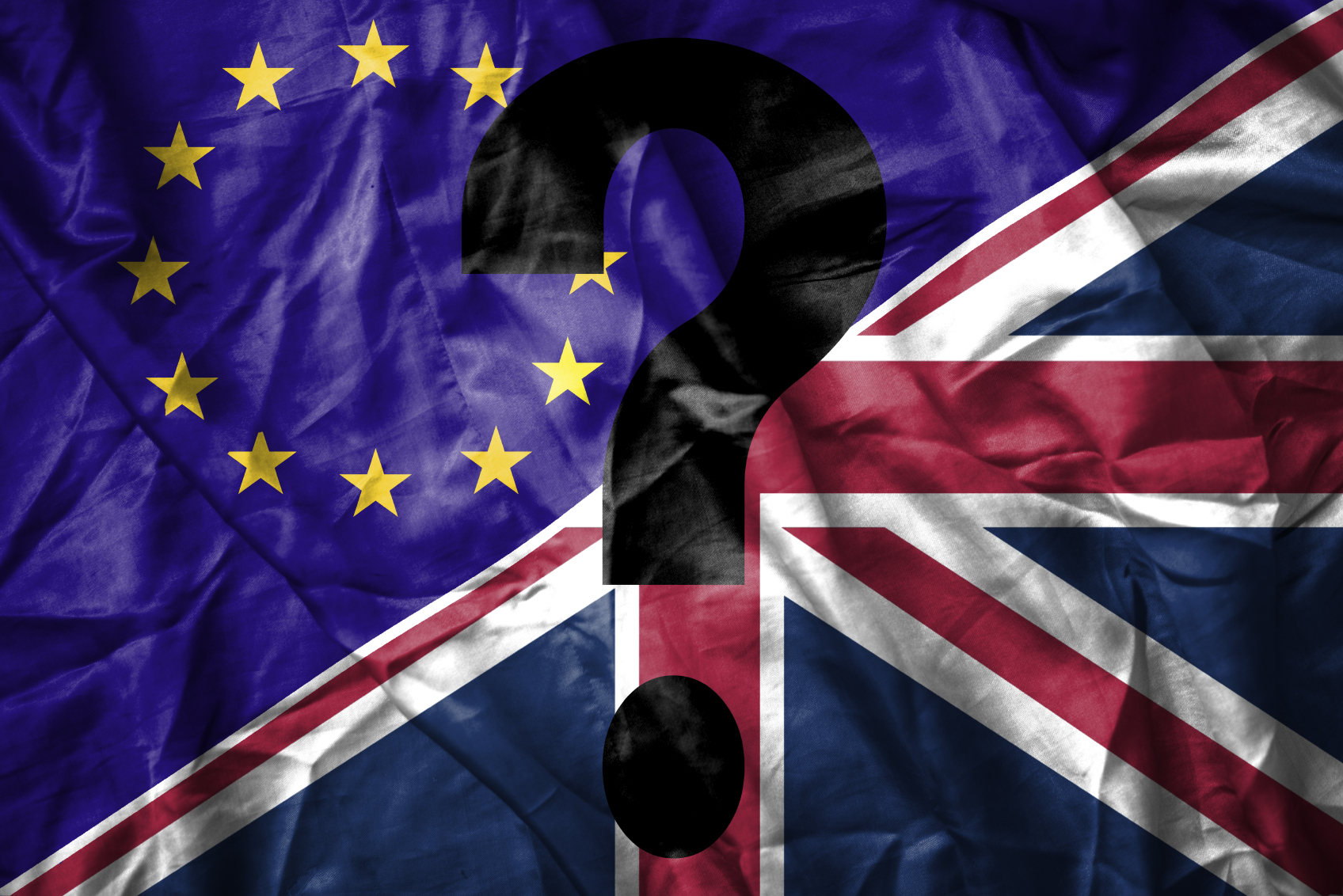
Campaign group Migration Watch UK outlined possible new immigration controls in the event of Brexit and the likely impact on the numbers arriving from Europe.
Its analysis estimated that a regime including tighter restrictions on coming to the UK for work could see net migration from the bloc – the difference between the numbers of people arriving and leaving – fall from its current level of 180,000 a year to around 65,000.
The report suggested the key change if Britain votes to leave the union should be the introduction of permits which would limit EU workers entering the country to those in higher-skilled occupations.
Lord Green of Deddington, chairman of Migration Watch, said: “It is time to examine possible alternative immigration regimes.
“Under the current arrangements all the signs are that EU migration to Britain will continue at a substantial rate for the foreseeable future.
“Indeed, immigrants tend to generate further migration as their friends and relatives join them in their new countries.
“Net EU migration now amounts to 180,000 a year. Work permits for EU citizens would substantially reduce net migration and its resultant pressure on our population and public services.”
The report, which does not advocate either leaving or remaining in the union, challenged suggestions that a vote to exit would not affect net migration.
It said this assumes that Britain would remain in the European Economic Area and accept free movement as a principle of the single market.
“However, a British exit from both the EU and the EEA would allow the UK to negotiate a new settlement,” the study said.
It suggested that the key change would be the introduction of work permits on a similar basis to the system that currently governs arrivals from outside Europe.
READ MORE
Scotland Street: Calais migrant camp tribute to Dundee aid volunteer
EU referendum could expose divisions within the SNP
The 16-page paper claimed that on average, only around 20% of EU migrants who came to Britain between 2004 and 2014 were doing higher skilled work.
It said: “This could substantially reduce the EU inflow for work to perhaps one fifth of its recent level and would, in turn, substantially reduce net migration by perhaps 100,000 a year from the current level of 180,000.”
It proposed extending Tiers 1 and 2 of the current visa regime for non-European migrants to EU citizens. These set out criteria that investors, entrepreneurs and skilled workers must meet to come to the UK.
The authors concluded that there would be no need for restrictions on EU citizens coming to the UK as students or tourists.
Those who are “self-sufficient” would also be free to live in Britain, including those who are looking for jobs.
Under the suggested system there would also be no restriction on EU family members of British citizens coming to join them, while relatives of European skilled workers and students would have the right to live and work in the UK.
Those EU citizens already living and working in the UK would retain their existing rights, the report added.
Migration Watch, which campaigns for tighter immigration restrictions, said its estimate of future EU net migration of “in the order of” 65,000 should not be taken as a “precise estimate” but is “intended to illustrate the scale of the potential reduction under the policy outlined.”
The Government’s record on immigration has come under intense scrutiny, with overall net migration reaching a record annual level of 336,000 in the latest statistics.
It is likely to be a major talking point in the lead-up to the referendum on the UK’s membership of the EU.
Earlier this week Lord Rose, chairman of Britain Stronger in Europe, said: “Immigration isn’t going to go away if we were outside the EU.”

Enjoy the convenience of having The Sunday Post delivered as a digital ePaper straight to your smartphone, tablet or computer.
Subscribe for only £5.49 a month and enjoy all the benefits of the printed paper as a digital replica.
Subscribe